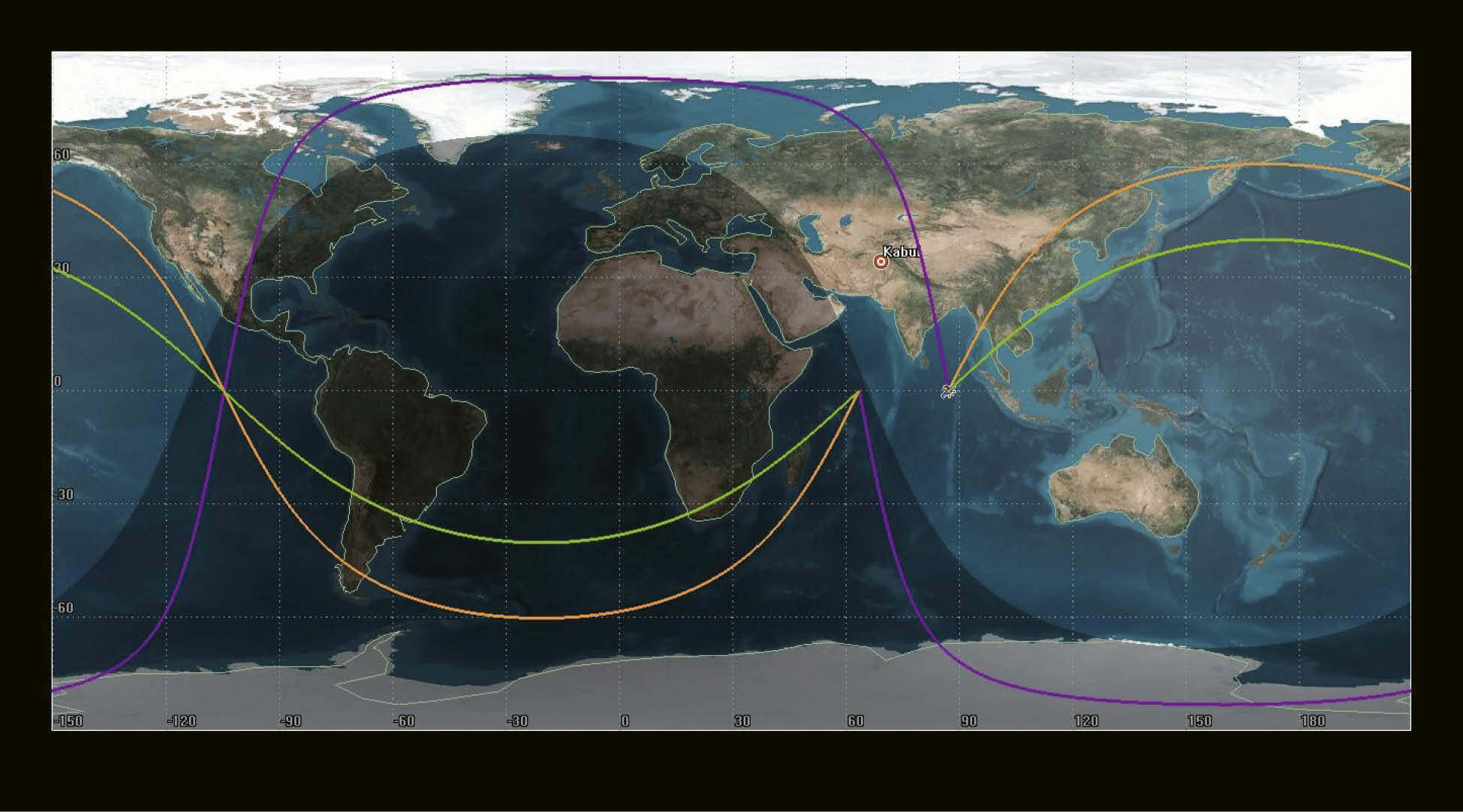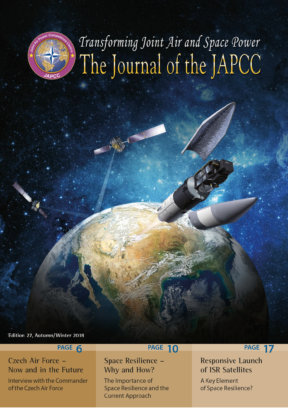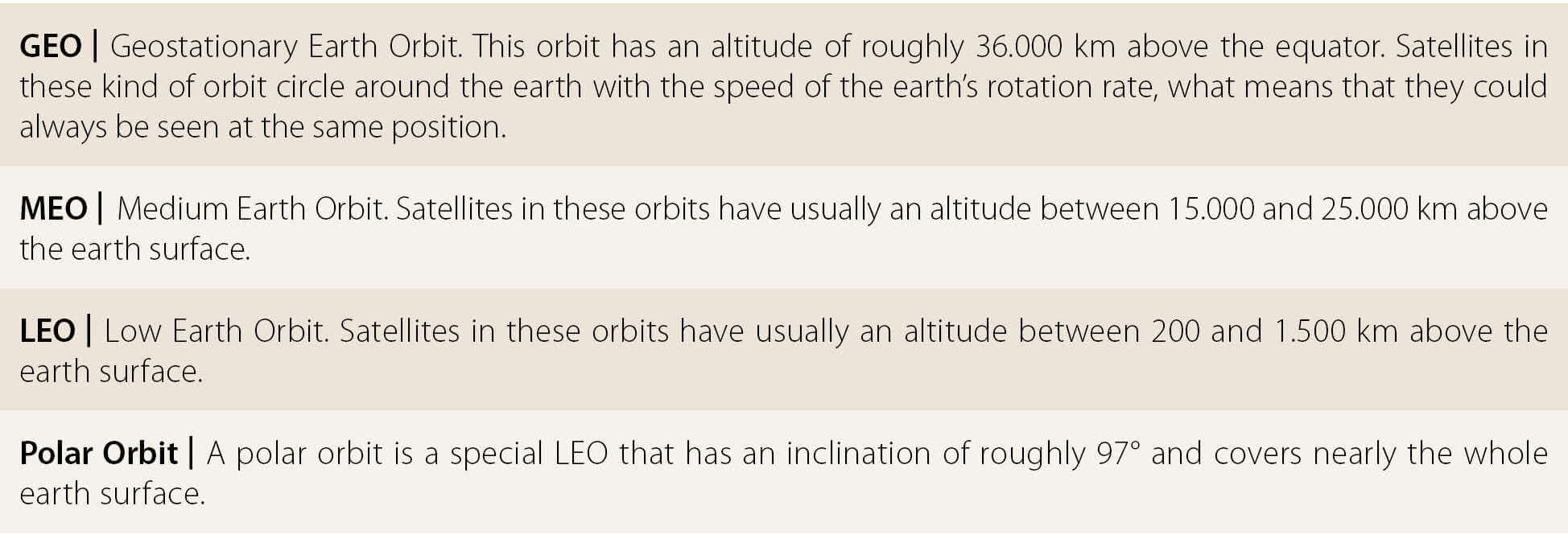Introduction
NATO operations rely on Space Support provided by satellites, such as Satellite Communications (SatCom), Position, Navigation, and Timing (PNT), and Intelligence, Surveillance, and Reconnaissance (ISR), as a critical mission enabler. The services of ISR systems, in particular, have become more and more essential to NATO’s decision-making and planning processes. However, NATO actually does not possess or operate Space systems; rather, it relies on services that member states provide. These same nations must protect their satellites, as well as the relevant infrastructure. Meanwhile, NATO’s potential adversaries continue to develop and proliferate counter-Space technologies throughout the world. The process of protecting resources in Space includes enhancing both the data exchange mechanism and the level of redundancy in Space. The term ‘resilience’ defines the combination of enhanced data exchange and increased redundancy. Furthermore, resilience in Space includes the protection of the satellite itself, the maintenance of Space Domain Awareness (SDA), the protection of the related ground infrastructure, as well as timely restoration and sustainment. There are two options to react to disabled satellites and their services in a timely manner. The first option is to provide on-orbit spares not used for ISR systems. (From the technical perspective, on-orbit spares gradually become obsolete at the same time as those satellites in use). The second option is to launch a new system to replace the disabled one. Keeping spares on the ground provides the option to keep the systems technically refreshed. While Space-related services like SatCom or PNT normally require satellites in higher orbits, like Geostationary Earth Orbit (GEO) or Medium Earth Orbit (MEO), ISR systems are ordinarily used in Low Earth Orbit (LEO). ISR satellites in LEO usually circle the earth at an altitude between 250 and 800 km. This article focuses on responsive launch options for ISR satellites in LEO, systems for which the counter-space threat is greatest, and for which on-orbit spares are unavailable.
Current Situation and Limiting Factors
Modern ISR satellites are highly developed and very capable, but extremely expensive. The brief timeline between design and production does not permit incorporating all technical developments that are taking place in the meantime. The designed/calculated life expectancy of an ISR satellite is commonly five to ten years. To reach this milestone, satellite-providing nations choose orbit altitudes of 500 km and above as the most favourable. The drag of the Earth’s atmosphere more negatively affects satellites at lower altitudes, and they would require a larger amount of fuel to sustain orbit altitude. The selected altitude determines the size limitations of the observation equipment, which is the major cost driver. On the one hand, decreasing the orbit altitude means reducing the satellite’s lifetime due to the corresponding increase in weight of the additional fuel required. On the other hand, decreasing the orbit altitude enables either an increase to the maximum ground resolution or scaling down on the size/weight of the whole optical system. To reduce launch costs, the aim is to reduce the overall launch mass of the satellite itself, which also means also reducing the calculated lifetime. Satellites operate in a harsh environment. Completing radiation hardening of components and maintaining redundant sub-systems will help them reach their designed lifetime, but increase the production costs significantly. Smaller satellites, designed for shorter lifetimes, are less expensive, and provider nations can continually upgrade them with leading-edge technology, right up until they are launched.
Responsive Launch
Responsive Launch is characterized by the ability to launch a Space payload on short notice, and is defined as a function of the characteristics of the launch vehicle, the spacecraft, and the process.1
The idea of short notice, especially for military reasons or requirements, is to react quickly to developing situations. Process-wise, classical Space launch campaigns last from several weeks to even months, and conclude with the on-orbit checkout phase of the satellite, which satellite operators also must reduce significantly. The orbits where this capability gains the most advantages is LEO, and for the payload, ISR missions are the focus. A responsive launch capability requires already produced and preassembled Space Launch Vehicles (SLV), either produced or at least in assembly sets, and pre-produced satellites, all kept in stock and ready to deploy. If a critical satellite is disabled, either due to technical reasons or due to an opponent’s counter-space activities, it provides a quick way to react to restore the mission.
Operational Responsive Launch
In addition to adjusting orbits for the reasons cited above, nations could launch satellites to an optimized orbit to cover a special area of operations. This allows for the option to include the specific orbit design in the operational planning process. This approach is called ‘operational responsive launch’. Operational responsive launches are determined by specific orbital parameters calculated for a specific mission. In particular, the most important factor is the inclination, i.e. the angle between the equatorial plane and the planned orbit of the satellite, because it defines the only latitude interval where a satellite can gather ISR data. An additional advantage is that the number of overflights in this area would be significantly higher. A satellite placed in a polar LEO orbit, for example, usually has 7 passes per week over Kabul, which is located 40° North (see picture 1). If the satellite is placed in an orbit of 60° inclination, the overflights will increase to 8, and if it uses a 40° inclination orbit, the overflight rate will rise to 19 passes per week. However, the use of low-inclination orbits might be limited due to the locations of the C2 ground infrastructure with which the satellite needs to communicate. Employing mobile solutions could be an alternative, but it would raise the system costs tremendously.
Requirements on Space Launch Vehicles (SLV)
The launch phase of a satellite is the most risky timeframe in spacecraft operations, but advances in technology have provided some benefits, including decreasing launch costs, that provide options worth a deeper look into the topic. The use of small satellites with a shorter lifetime in lower orbits will reduce the costs of the satellite itself. Since lighter payloads require smaller launchers, a new risk management approach can be employed. There may be a higher possibility to lose a satellite due to a launch failure, but it is more tolerable because of the decreased costs. This has opened the market for commercial launch services in recent years. From the military perspective, as well as a commercial perspective, the need for quick, responsive launches is universally acknowledged. From the technical perspective, small, solid-fuelled SLVs, based on Intercontinental Ballistic Missile (ICBM) technology, are the solution for ground-based systems. Additional options include air-launched solutions. Air-launched systems have fewer limitations (according to the designed inclination of the orbit) than ground-based systems. These kinds of launchers permit the launch of a small satellite (by definition with a mass less than 500 kg) into LEO up to 500 km without the need for a long-term launch campaign. However, rapid availability of an SLV requires some form of standardized and pre-produced design. Pre-produced SLVs, in this case, include already assembled, storable, or modular systems that technicians can produce from components within a few days or weeks.

Requirements on ISR Satellites
As mentioned, nations do not use on-orbit spare satellites for ISR missions. Yet-to-be-launched, or ‘ground-spare’ satellites, offer several new opportunities. First of all, there is the option to launch just the right sensor type and capability to replace a specific space-based need that a commander has lost. Modular satellites provide this required capability2. This means that a company or nation has to pre-produce a functional satellite, but then take it into stock, disassembled in functional parts. In this case, the functional element of the satellite that has all components to allow it to operate in Space – the bus – can then be equipped with the required payload (electro-optical, Synthetic Aperture Radar (SAR) or Signals Intelligence (SIGINT)). Distinct subcomponents of the bus, specialized for the specific payload, also can be changed quickly. Another advantage is that ‘ground-spare’ satellites can be technically refreshed to keep them on the leading edge of technology.
Higher risk acceptance during both the launch and the operating phase offers a significant reduction in the costs. If the expected lifetime can be reduced due to operational means, one can use off-the-shelf components in the satellite. As mentioned before, radiation hardening, along with redundant functions, raise the costs for spacecraft. The combination of smaller spacecraft with shorter lifetimes offers the option to keep the capability of a deployed constellation in Space up-to-date, because nations can continuously regenerate it. Shorter lifetimes also allow the most recent technical refresh of the systems prior to a launch, especially regarding data transmission, data storage, and processor performance technologies, which means significant performance enhancement. For example, by current process standards, a highly developed satellite designed for a lifetime of 10 years can be up to two years behind the leading edge at the launch date, technologically speaking. Even if the ‘quality’ of highly developed and expensive systems is normally better, they lose their advantage during the time in Space, as technical developments are ongoing.
The storage of an already produced satellite or key components is a critical but solvable challenge. Nations that use off-the-shelf subcomponents could also lower storage requirements. In this case, training and education of satellite manufacturers must be kept on a certain level to facilitate quick, and generally standardized, assembly. To keep the satellite and the subcomponents in stock, nations and industry partners must sustain a continuous development and engineering process.
Conclusions
Highly developed ISR satellites, with maximum capability placed in polar orbits to allow permanent worldwide ISR collection, are currently – and will be for the future – a key element for decision-making. In a conflict where opponents have counter-space assets available that would allow permanent disabling of specific satellites, ISR satellites most likely would be the first target. This will become even more important as the development and proliferation of counter-space assets increases. To restore or reconstitute a degraded capability, as well as launch additional assets in specially designed orbits, small and rapidly ready-to-launch satellites will become more and more important.
Small, rapidly launched ISR satellites will never replace highly developed satellites, but they can take over their role in military operations or close gaps in coverage after technical failures or counter-space actions. To achieve this, provider nations require modular, pre-produced, or already fully manufactured satellites.
The integration of space-based ISR into military operations is increasing. People have already tested satellites that military forces can task on the battlefield. To provide a commander the maximum availability of ISR, the use of special orbits designed to focus on a certain area will become more and more important. To arrange this, small and flexible launchers must be available. To gain the maximum service restoration capability, air-launched SLVs will be vital. Additionally, military, technology-based, flexible, ground-based SLVs will be crucial for special orbits, even if the risk of the launch itself is higher due to shorter launch notifications, reduced assembly times, and storage challenges. In the case of a foreseeable launch to a specially designed orbit, small commercial SLVs could be part of the solution.
The overall design of larger constellations of smaller satellites is in an ongoing modernization and adjustment phase. Current and future launch systems will make this approach affordable from the perspective of the launch vehicle program. These modern approaches should provide a higher level of resilience in future military and commercial ISR architectures to meet the needs of NATO nations and commanders.













